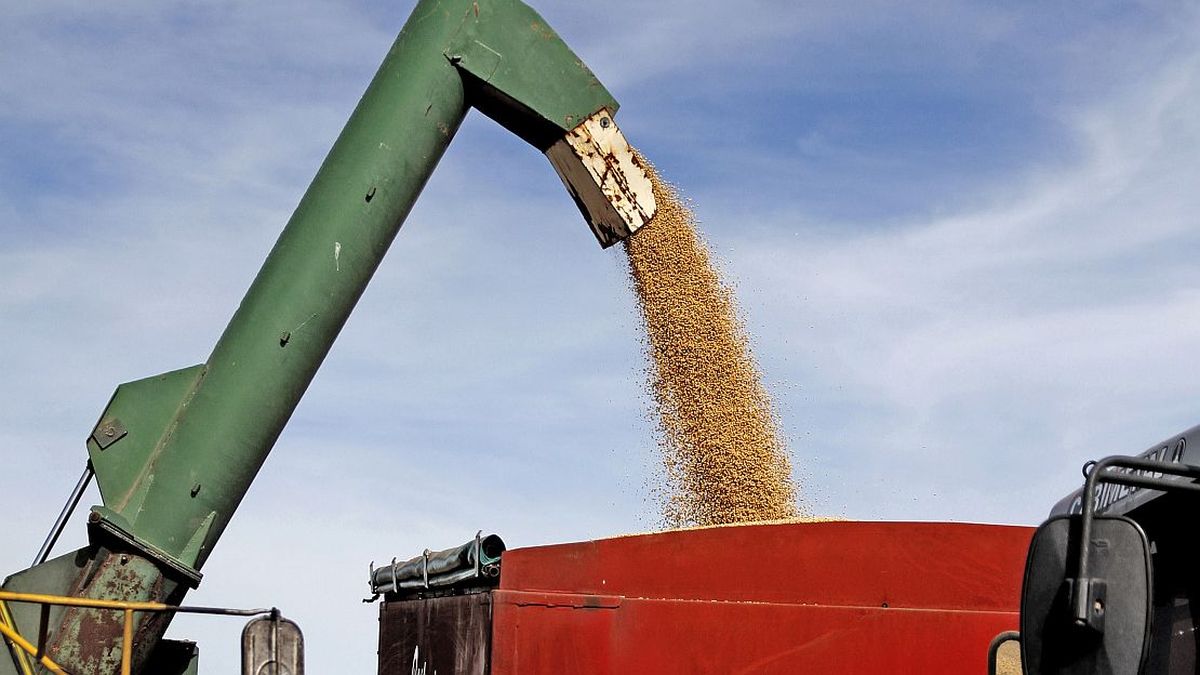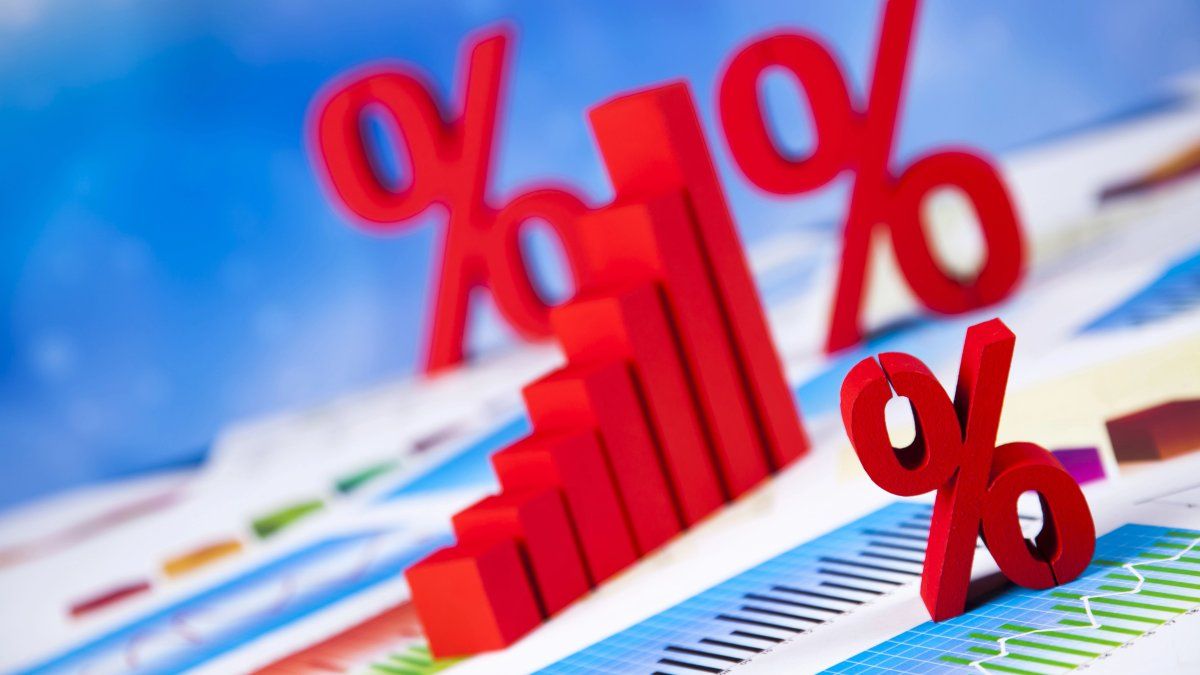The March soybean contract closed at $438.81 and the May contract at $442.76 per ton. The drop in prices could be offset by increased production. The gap doesn’t help.
After adding the sixth consecutive bearish week on Friday, soybeans fell again this Monday in Chicago, in full progress of the Brazilian harvest, where uncertainty still persists about the final number with which the campaign will end 2023/2024, after the prolonged water deficit that affected crops in the center-north of the country and the late arrival of the rains.
The content you want to access is exclusive to subscribers.
The March contract closed at US$438.81, thus showing a decline of US$5.51 compared to Friday’s close, while the May contract ended this Monday’s session at US$442.76 with a drop of US$4.14 compared to the previous closing. In this way, the international price of the oilseed reached the minimum in two years; bad news for the next Argentine harvest of which more than 50 million tons are expected, according to the survey of the Buenos Aires Grain Exchange.


In this context, the Granar consultancy explains: “With less emphasis than in the previous rounds due to the dry and hot weather that has been recorded, “Argentina remained within the bearish fundamentals due to the good prospects for its harvest.”
The local coarse campaign is going very well, to the point that production estimates were increased, although doubts appear due to the hot and dry climate. Roman Dante, professor and researcher at the Center for Agribusiness and Food of the Austral University, explains that last week was the first of this summer with dryness and increasing heat, “but the one that is starting is missing. Although the forecasts indicate that the rains will return next week, we cannot fail to mention some concern, especially about soybeans and late corn. The first class already has a very good productivity base.”
Local questions
In the local market, advance sales for the next harvest began to slow down, because producers are suspicious of the increase in the gap between the official dollar and the parallel dollars, a key factor that can directly affect the liquidation of the harvest and logically in the income of dollars.
In this regard, the economist Salvador Di Stefano details: ““To the extent that prices remain low, the producer will delay liquidation waiting for a price increase that will improve profitability, or eventually an improvement in the exchange rate that will liquidate past costs.”
Regarding the liquidation starting next April, the economist advances: “50% of the soybean harvest or a little less could be liquidated in the months of April, May and June, the rest will be liquidated over time. In corn, 25% would be liquidated in that quarter, the rest more On the other hand, there is an unclear climate forecast for the 2024/25 campaign, therefore, the savings in merchandise will weigh on the producers’ decisions.”
Source: Ambito




